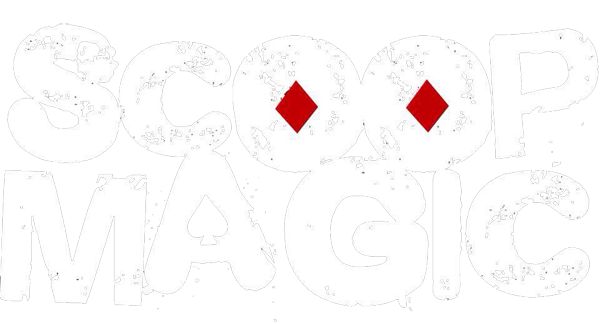The rule of three is a writing principle that suggests that things are funnier, more memorable and more satisfying if they come in threes. It appears everywhere, even in the first sentence of this blog! Why is it such a ubiquitous presence and how can it be used to improve a magic show.
Even if you have never heard of the rule of three you will have been exposed to it all your life and you probably even use it without even realising. Think of famous quotes such as Julius Caesar’s, ‘Veni, Vidi, Vici” (I came, I saw, I conquered). Would that have been as memorable if he just came and conquered? Or even Goldilocks and the three bears; if Goldilocks just had porridge that was too hot then porridge that was just right, or if she had sampled a wide range of porridge at various temperatures I doubt the tale would have become a children’s classic. It seems ingrained in the human psyche that we should have a beginning, a middle and an end.
Probably the most mainstream example of this is the Hollywood screenplay which is almost always split into three acts. Act one introduces the characters and themes and introduces a problem that must be resolved, act two typically depicts the protagonist’s attempt to resolve the problem only to find themselves in an ever-worsening situation and act three features the resolution of the story and its subplots. Another example is pop music which is often split into verse, bridge, chorus and this structure is repeated three times in the duration of the song.
So how can this be applied to a magic show? A simple example is the needle through balloon effect where a needle is passed all the way through the balloon without popping. Most magicians will create tension by bringing the needle slowly towards the balloon then breaking the tension before the needle touches the balloon. The rule of three can be brought into play here by repeating the motion three times and on the third actually piercing the balloon. More than three times will undoubtedly frustrate or bore your audience, less than that and you’re missing out on laughter and drama. I also try to use the rule of three when I have volunteers onstage for a prolonged period. I always try to utilise two volunteers and have them stood either side of me as I think it is the most aesthetically pleasing arrangement.
However, the main way the rule of three can be used is in the writing of your show. Similar to the three-act structure inherent in Hollywood screenplays, a magic show should have a beginning, a middle and an end. The beginning should introduce the magician’s character and the themes of the show; the middle should expand upon those themes then the end should bring the show to a heightened and satisfying conclusion. So, if you’ll indulge me for a moment, I’ll tell you how this applies to my 2018 show:
- Beginning – I establish my character as confident and capable but not too serious who likes to subvert the magician stereotypes. I establish the themes; magic, danger and fun. I do this with dove magic with some unexpected elements then a dangerous juggling act. I also introduce the question that runs through the show, ‘What’s in the envelope?’
- Middle – My character and the themes are expanded upon when I lose a volunteer’s wedding ring but it reappears in a fun yet impossible place, a trick with a paper ball has unexpected consequences and a child gets a balloon because it’s important to have fun.
- End – Everything comes together with a dangerous magic trick and the revelation of what’s in the envelope which is a prediction that also expounds the importance of having fun.
Do you agree with my thoughts on the rule of three? Can you think of any other examples? Are there situations where the rule of three should be avoided? Let me know in the comments. As always please feel free to like and share, and remember: the only rule you should always follow is ‘break the rules’.
facebook.com/scoopmagic1
twitter.com/scoopmagic1
07903 269387
